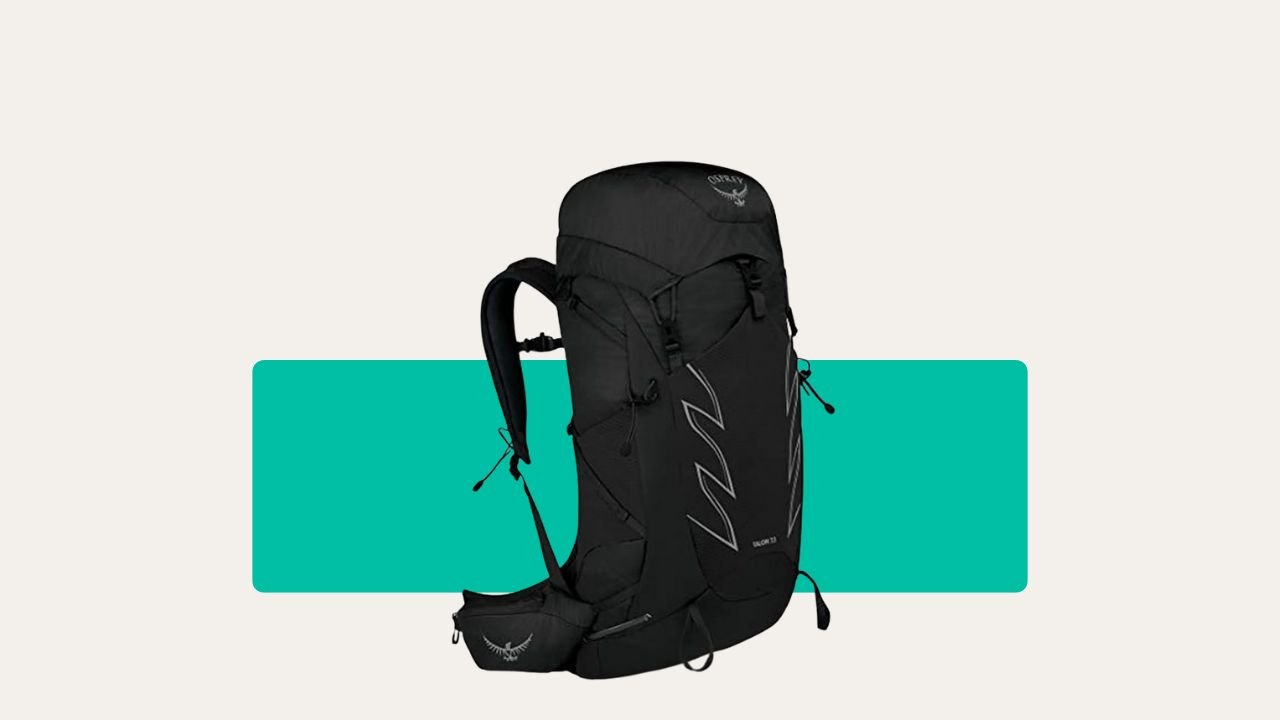Most people think washing a down jacket at home is asking for trouble. I used to think the same… until a muddy camp in the Lake District left mine looking (and smelling) like it had been dragged through a swamp. I had no choice but to clean it – and to my surprise, it survived just fine.
Truth is, washing a down jacket can be simple if you follow the right steps. Skip them, though, and you’ll end up with a flat, clumpy mess that’s about as warm as a wet towel.
So, if your favourite down jacket’s looking a bit worse for wear, don’t panic. Here’s exactly how to wash and dry it properly – and keep it fluffy, warm, and ready for your next adventure.
How to Wash and Dry Your Down Jacket Without Ruining It
1. Check the Jacket’s Care Label First
This sounds obvious, but you’d be amazed how many folk ignore the care label. I once ruined a favourite down vest by blazing ahead without reading the label’s warnings.

Down jackets vary – some have special coatings, some use mixed fills. The manufacturer knows what your jacket can handle, so always start here. If it says “no tumble dry,” don’t chance it.
2. Gather Your Supplies
You don’t need loads of fancy kit, but there are a couple of things that make a big difference:
Down-specific detergent. Regular laundry soap strips natural oils from the down, making it clump and lose warmth. Use proper down wash like Nikwax or Grangers.
Tennis balls or dryer balls. Crucial for the drying stage; these bounce around and beat the clumps out of your down, helping it regain its puffiness.
Access to a front-loading washing machine and a tumble dryer. Back-country hacks won’t cut it here.
Don’t wing it with whatever’s in the cupboard. The right supplies actually keep your jacket working, especially during grim winter camps.
3. Prep the Jacket
Before you load up the machine, give your jacket a brush over. Mud, twigs, and mystery crumbs are best gone now; once in the wash, debris can cause snags or get stuck inside.
Zip all zippers, fasten all poppers and Velcro, and you absolutely must empty the pockets. I’ve had wet teabags and gritty coins stuck in mine before – never again.
4. Use the Right Washing Machine
Front-loaders are kinder. The agitator in top-loading washers can batter your jacket, especially lighter shells. If front-loading isn’t an option, use the gentlest cycle possible and avoid cramming too much in. Still, if you really value your jacket, borrow a friend’s front-loader.

Quick reality check: chunking your down jacket in with a normal wash can shorten its life – don’t risk it.
5. Choose Proper Detergent
I learned the hard way that ordinary detergent isn’t suitable for down. It coats the feathers, robbing them of their insulation magic. Always use a specific down or technical wash. It takes care of sweat, mud, and grime without leaving residue.
If you’re wild camping near the coast or in Scottish drizzle, keeping your insulation lofted is the difference between a cosy night and shivering till sunrise.
6. Set the Wash Cycle the Right Way
Select the gentlest cycle your machine allows – usually “delicates” or “wool”. Cold water is safest, but a slightly warm setting (never hot) is fine for most jackets.
Absolutely no bleach, and skip the fabric softener. Both ruin the down. It’s tempting to dump in an extra scoop of powder when your jacket’s especially dirty, but more soap just means more risk of residue.
7. Rinse Thoroughly
Soap left in the down is your enemy. It stops the feathers from lofting and can make them clump together forever. Run an extra rinse cycle – twice, if your machine allows. Make sure there aren’t any soap bubbles left. If you’re wild camping, you know that damp, clumped insulation is worse than not having any at all.
8. Remove Excess Water (Never Wring Out)
When you haul your jacket out, it’ll look miserable – flat, soggy, lifeless. This is normal. Resist the urge to wring it dry. Wringing will wreck the down’s structure. Instead, run an extra spin in the washer (gentle cycle) to remove more water. Or, lay the jacket flat on a towel, roll it up, and press down. It’s slower but keeps everything in place.
9. Dry the Jacket Properly
This bit makes or breaks your jacket. Tumble dry on low heat, no higher. Add three or four tennis balls or dryer balls. These bash the jacket around, breaking up clumps and fluffing the filling.

Check every half hour – pull it out, shake it, and massage any lumps by hand. Patience is key. This can take 1-3 hours. Never line-dry straight from the wash – the down will clump and could even go mouldy if not dried quickly.
10. Fluff and Reshape
While drying, don’t just rely on the tumble action. Every so often, stop the dryer, take out the jacket, and give it a good manual fluff. Break up any stubborn clumps with your fingers. If it’s really flat, pause the drying and massage the jacket on a flat surface.
You’ll see the difference – gradually, the jacket regains its shape and bounce, instead of resembling a flattened duck.
11. Avoid Common Mistakes
Let’s keep things simple. Here’s what you must avoid:
- Never use high heat – It’ll melt seams or ruin water repellent coatings.
- Don’t iron your down jacket. Not even a quick press. Just…don’t.
- Never pull the jacket out of the dryer early. Even if it feels dry on the outside, the inside can still be damp.
- Steer clear of dry cleaning – solvents can kill the down’s performance.
- No softeners, ever.
12. Wash the Jacket Sparingly
Down jackets are a bit like decent kit bags – they actually get worse if you fuss over them too much. Don’t wash yours after every use.
Unless you spill curry on it or crawl through mud, washing it once or twice per season is plenty. Over-washing shortens its life and makes it less effective. If you start finding it less puffy, then it’s time for a clean.
13. Store the Jacket Properly
How you store your down jacket matters almost as much as how you wash it. Don’t stuff it back in a cramped stuff sack for months. Give it space to breathe – hang it up in a wardrobe, or at least put it in a large cotton storage bag in a cool, dry cupboard.
Stuffing it away flat compresses the down, so next winter you’ll pull out a limp rag instead of your old reliable.
Conclusion: Keep Your Down Jacket in Top Shape
To sum it up: Washing a down jacket doesn’t have to be scary. Use the right tools, gentle cycles, and low heat at every step. Skip the corner-cutting. If you treat your jacket well, it’ll look after you – whether you’re camping in stormy Cornwall or braving a chilly Peak District morning.
I’ve learned over years of wild nights and chilly mornings: take care of your insulation, and it’ll take care of you. Next time you need your jacket, it'll be ready – puffy, clean, and just waiting for that next adventure.
For more proper kit care, see our guide on washing sleeping bags or find out which jackets stand up to real British campsites. Stay warm, stay dry, and keep camping smart.








